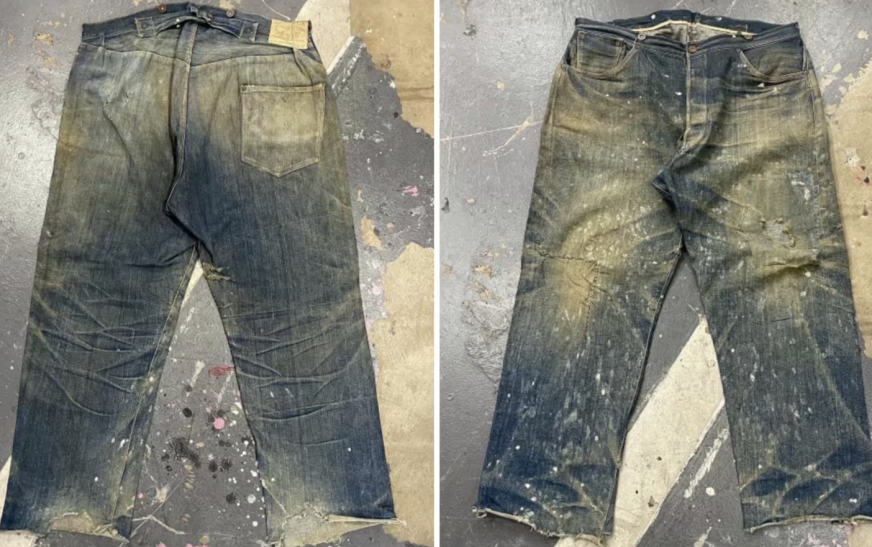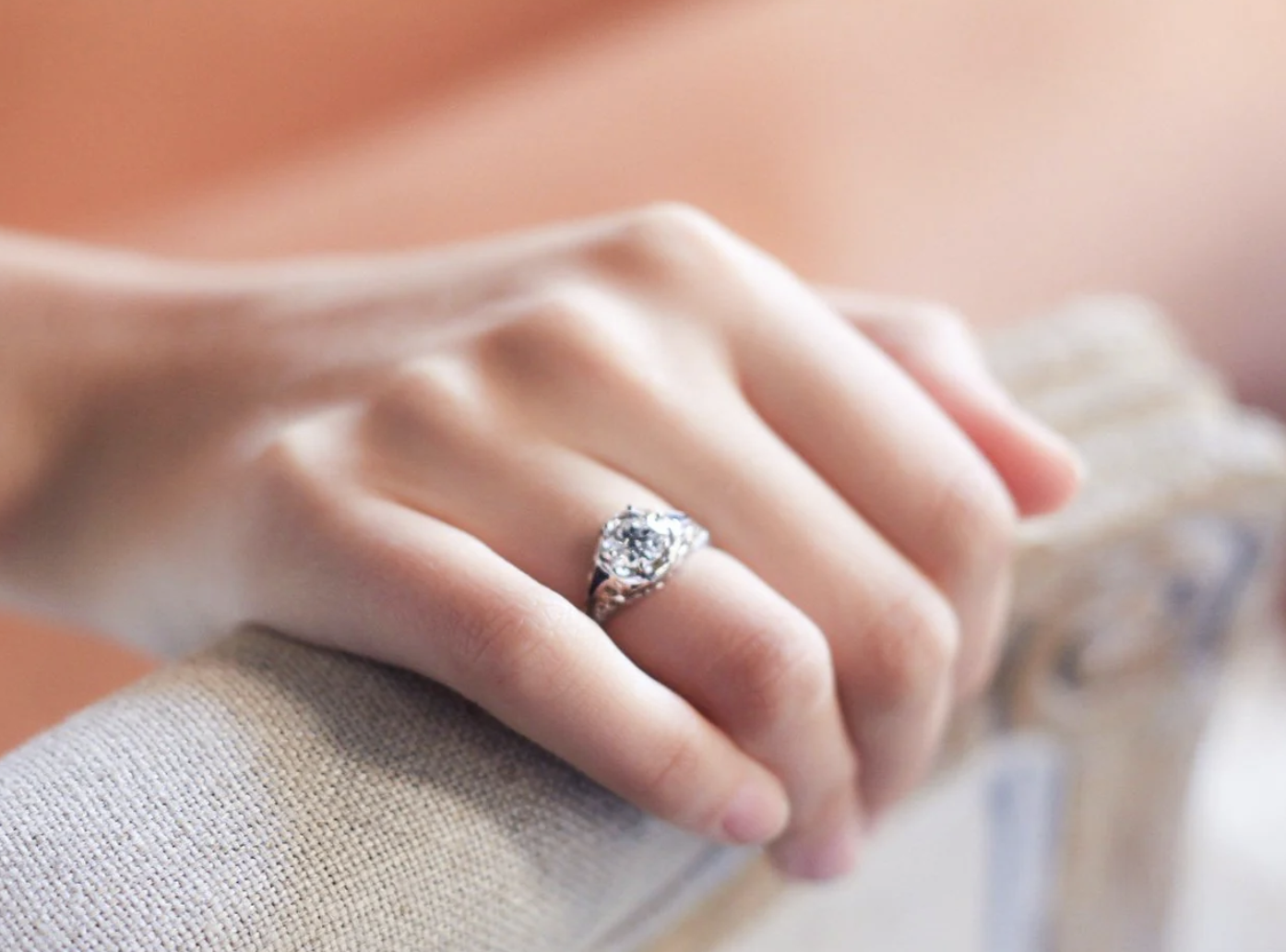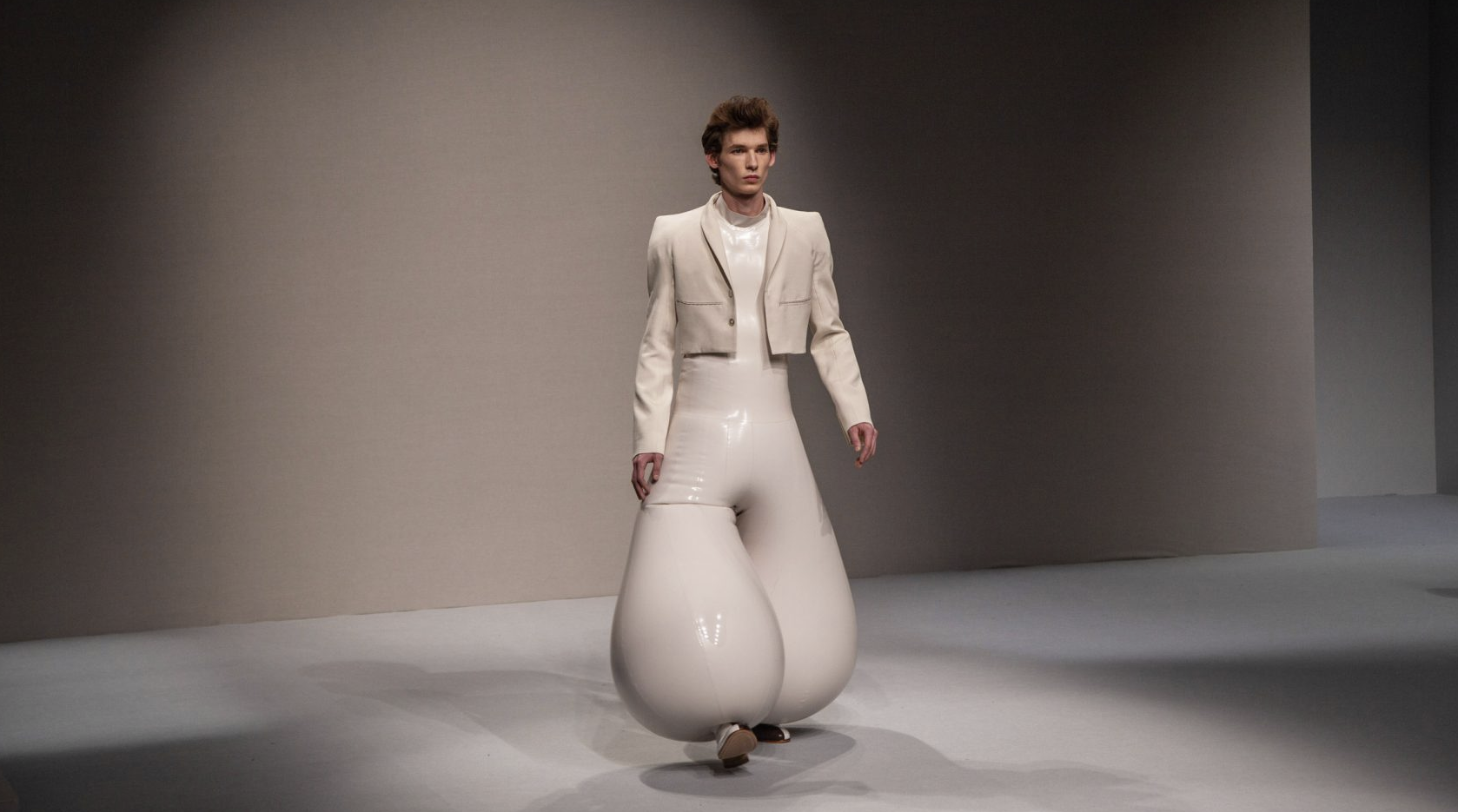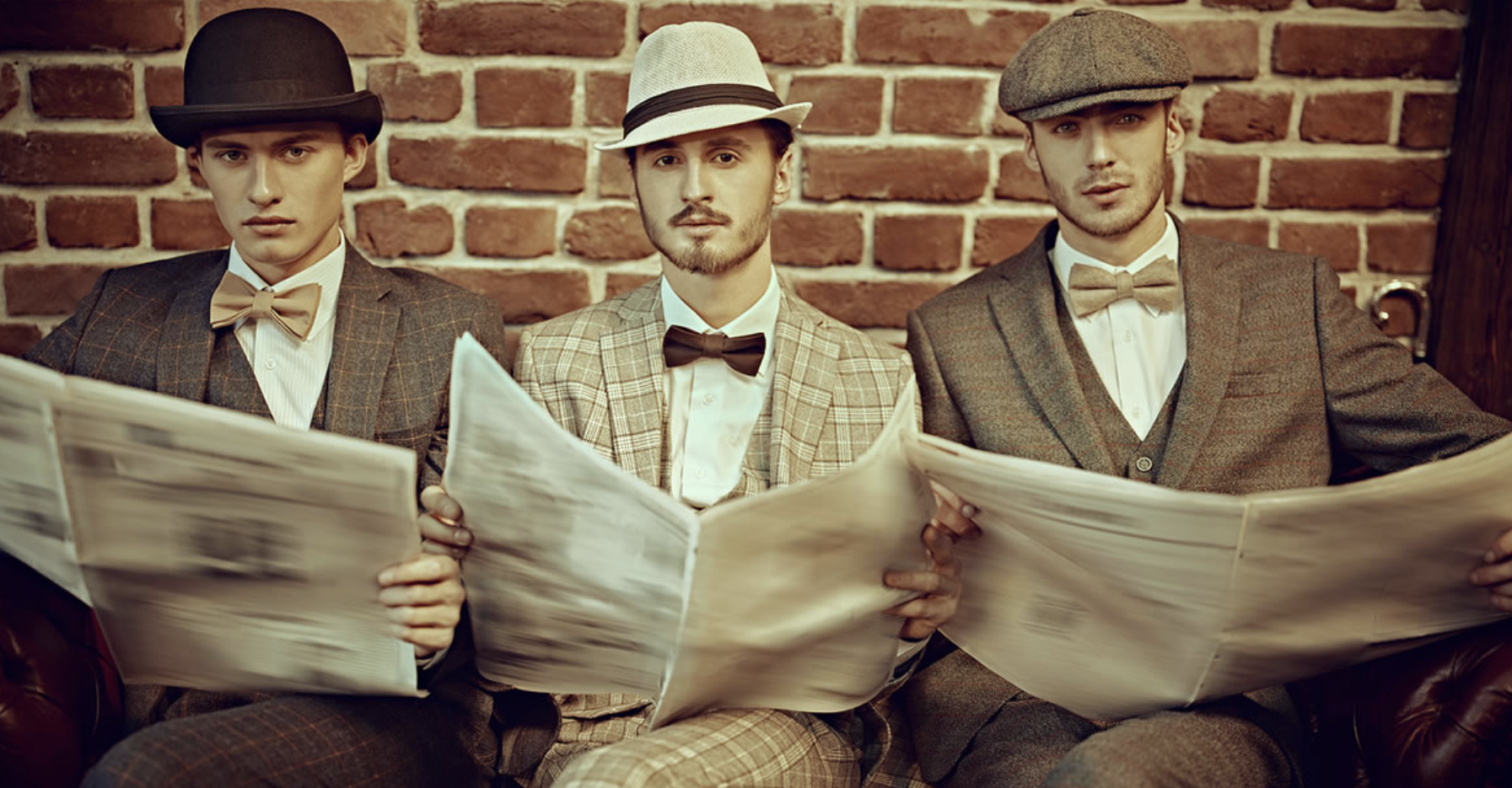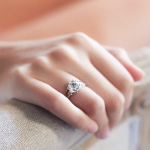Jeans are one of those wardrobe staples that age like fine wine. There’s something undeniable about a great pair of old jeans—they mold to your body, develop character, and get better with age. However, there’s a fine line between jeans that are stylishly worn-in and those that have simply become outdated. Knowing the difference can help you refine your wardrobe while still embracing that classic, lived-in denim charm.
Old Jeans Aged to Perfection
Old jeans that have aged well are a key piece in any well-curated wardrobe. These jeans have developed a natural patina over time, with faded areas at the thighs, subtle whiskering around the pockets, and just the right amount of fraying at the hems. These jeans show their years of use in all the right ways, with a worn-in softness that feels both authentic and comfortable.
Brands like vintage Levi’s 501s, A.P.C., Nudie Jeans, or a classic pair of Wranglers all fall into this category. The appeal of old jeans lies in their authenticity. These pieces have character and are shaped by years of wear, unlike anything you could buy off the shelf. Raw denim enthusiasts often celebrate the gradual fading and wear that happens over time. Even high-end brands like RRL by Ralph Lauren and Edwin replicate this look by selling pre-distressed denim, proving that well-worn jeans have lasting appeal and are never truly out of style.
Outdated Jeans
On the other hand, outdated jeans are the kind of denim that just can’t hold up over time. These are jeans that feel more like relics of a bygone era—and not in a cool, vintage way. Here are some common signs of outdated jeans:
- Baggy, shapeless fits: Often from the early 2000s, these jeans can look unflattering and awkward in today’s fashion climate.
- Excessive embellishments: Think overly bedazzled pockets or big, flashy branding (True Religion, Ed Hardy, Rock & Republic). These flashy details no longer resonate with modern styles.
- Extreme low-rise cuts: These jeans feel dated, especially when compared to the more comfortable, flattering high-rise and mid-rise fits of today.
- Heavy contrast stitching: A trend that peaked in the 2000s, these jeans now appear more out of place than stylish.
Unlike a well-aged pair of Levi’s or Acne Studios jeans, outdated denim doesn’t age gracefully. It represents trends that have long since faded and haven’t become timeless. If your jeans are either too tight in the thighs and too loose at the ankles (hello, bootcut jeans from 2005) or have excessive detailing, it might be time to retire them.
How to Spot the Difference:
- Fit Matters: Old jeans might have a relaxed fit but still flatter the body, while outdated jeans often have awkward proportions that don’t match today’s trends. If the fit is off—whether too baggy or uncomfortably tight—it’s a red flag.
- Wash & Fade: Old jeans will have a naturally faded wash that looks effortless, while outdated jeans often sport heavily contrasted, artificial whiskers and creases. These heavy washes scream early 2000s mall fashion and don’t feel fresh.
- Details & Branding: Old jeans tend to have minimal branding, subtle distressing, or barely noticeable patches of wear. Outdated denim, on the other hand, often features oversized logos, thick embroidery, or excessive hardware like studs, sequins, or flashy zippers.
- Styling Potential: A great pair of old jeans can be styled effortlessly with modern essentials—chunky sneakers, tailored blazers, or clean white tees. Outdated jeans, however, often feel stuck in the past, making them harder to pair with contemporary pieces.
Final Verdict
If your jeans have a well-loved, natural wear and can still be styled effortlessly with current trends, they’re old in the best way—timeless, comfortable, and full of character. But if they feel like a remnant of a past fashion trend that no longer resonates, they’ve crossed the line into outdated territory.
By understanding this distinction, you can hold onto your favorite, classic jeans while avoiding denim that no longer serves your wardrobe. Keep the old, but don’t get stuck with the outdated.

